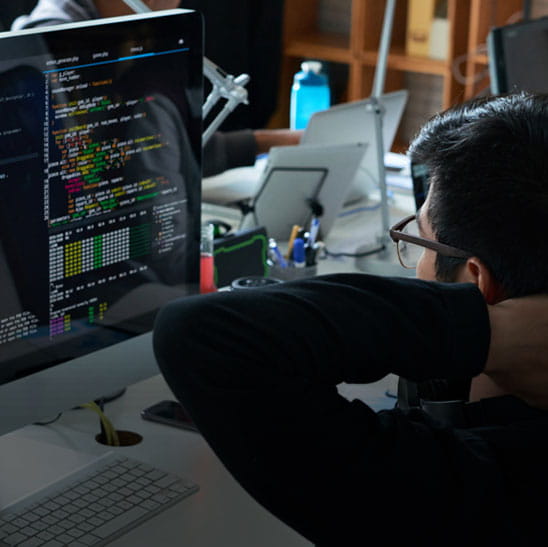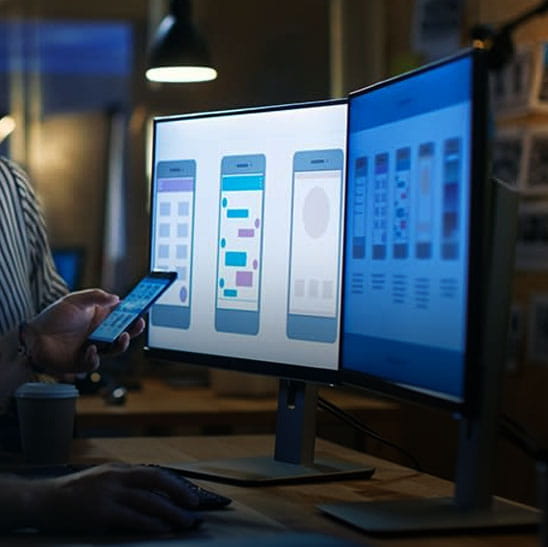Overview:
As digital landscapes evolve, web design continues to be a critical factor in shaping user experiences. In 2025, emerging technologies, user behaviors, and aesthetic preferences are driving innovative approaches to web design. Below are the key trends set to influence digital experiences in the coming year.
1. AI-Driven Personalization
Artificial intelligence (AI) is taking center stage in web design, enabling hyper-personalized user experiences. Websites can now adapt dynamically to individual preferences, behaviors, and locations, offering tailored content, product recommendations, and even interactive features like chatbots that simulate human-like conversations. AI tools also streamline development workflows, from automated coding to user experience testing.
2. Immersive Web Experiences
Advancements in WebGL, augmented reality (AR), and virtual reality (VR) technologies are transforming web experiences into highly immersive environments. Brands are leveraging these tools to create 3D product showcases, virtual tours, and gamified experiences, making interactions more engaging and memorable.
3. Minimalist and Functional Design
The trend toward minimalism continues, with designers focusing on simplicity, clean layouts, and intuitive navigation. Functional design principles are emphasized to reduce cognitive load and enhance accessibility. This approach ensures that websites are user-friendly, particularly for audiences with diverse needs, such as those using screen readers.
4. Dark Mode and High-Contrast Themes
Dark mode remains popular in 2025, not just for aesthetic appeal but also for its energy efficiency and reduced eye strain. Paired with high-contrast themes, this design choice ensures readability and usability, especially on OLED screens and in low-light environments.
5. Micro-Interactions and Dynamic Animations
Subtle animations and micro-interactions—like button hover effects or scroll-triggered visuals—are elevating user engagement. These elements create a sense of interactivity and make web navigation feel intuitive and rewarding.
6. Sustainable Web Design
Sustainability is a growing concern, leading to the rise of eco-conscious web design. Lightweight websites optimized for faster loading times reduce energy consumption, while green hosting services that rely on renewable energy sources are gaining traction.
7. Voice User Interfaces (VUIs)
With the proliferation of smart speakers and voice assistants, websites are integrating voice user interfaces to accommodate hands-free navigation. These features enhance accessibility and provide a seamless browsing experience for on-the-go users.
8. Inclusive and Accessible Design
Inclusivity is no longer optional. Web designs in 2025 prioritize accessibility by adhering to Web Content Accessibility Guidelines (WCAG). Features like keyboard navigation, text-to-speech compatibility, and adaptable layouts ensure everyone, regardless of ability, can access and enjoy digital content.
9. Neumorphism and Glassmorphism
Aesthetic trends such as neumorphism and glassmorphism blend modern minimalism with depth and texture. These styles add a tactile and visually appealing layer to interfaces, striking a balance between flat design and realism.
10. Data Privacy-Centric Designs
As privacy concerns grow, web designs are incorporating transparent data collection practices. Clear cookie consent banners, privacy dashboards, and secure interfaces build user trust while meeting regulatory standards like GDPR and CCPA.
Conclusion
Web design in 2025 is all about creating user-centered, visually appealing, and functional experiences while embracing technological advancements and ethical practices. Businesses that adopt these trends can not only enhance user engagement but also build long-lasting trust and loyalty.










